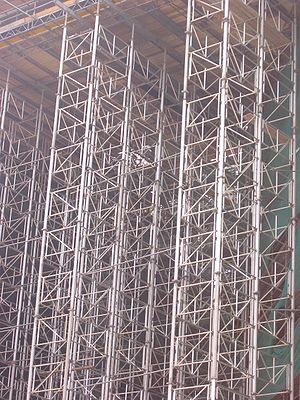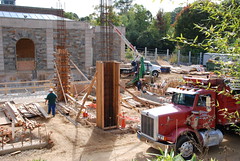Three friends and co-workers were killed and two workers were injured at a roadway construction site on eastbound I-40 in Amarillo, Texas, on Saturday morning, June 10, 2017. A pick-up truck hauling a 16-foot flatbed trailer was traveling through the construction site when the trailer broke loose from the pickup and crashed into road paving equipment and the crew working with it.
The deceased workers are 63-year-old Julian Zamora, 59-year-old Ygnacio Rodriquez, and 36-year-old Jorge Noe Catano. They and the two injured workers are all J. Lee Milligan employees. One of the injured workers suffered life-threatening injuries, and the other was severely injured. The Amarillo Police Department said the scene on I-40 was located just east of Whitaker Road.
At approximately 9:05 a.m., the silver Ford pickup hauling construction materials such as sand and rebar was traveling eastbound on I-40 when the trailer became disconnected. The trailer careened into road construction lanes and then crashed into the road paving machine and the five workers. The trailer then went off-road and fell onto its side, which caused the sand load to hit a construction crew pickup truck that was parked beside the machinery, off the road.
The driver whose trailer broke off returned to the scene. He was not injured. The Austin Police Department traffic investigators questioned him. No charges have been filed in connection with this fatal workplace accident.
The Texas Department of Transportation contracted J. Lee Milligan to handle the hot-mix work in the Amarillo area. A statement from TxDOT officials asked for prayers for the families of the deceased and for those injured in this tragic accident.
The hitch hardware that fell off of the pickup truck, causing the trailer to break loose, was recovered by traffic investigators. Speed was not considered to be a factor.
–Guest Contributor







